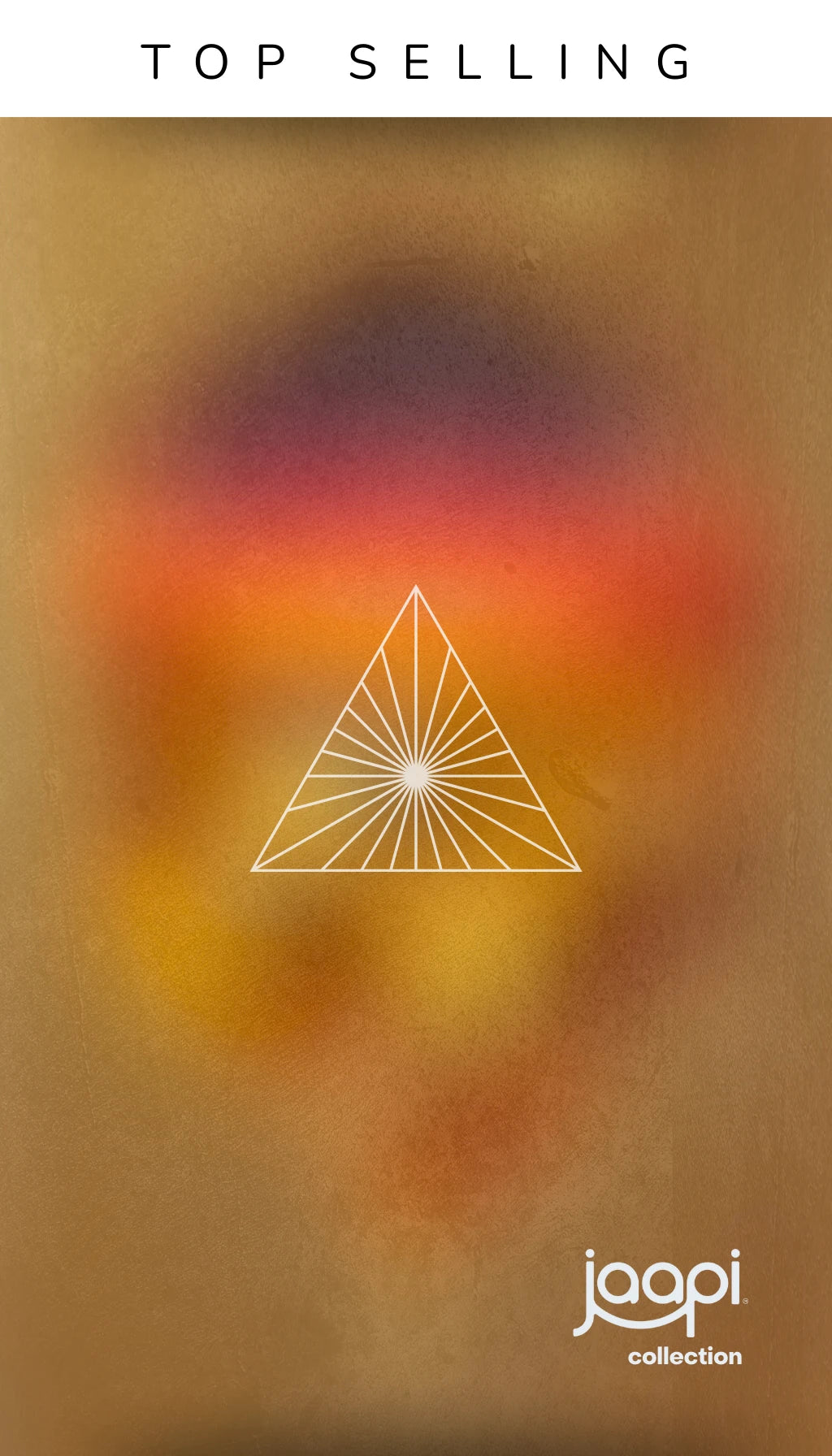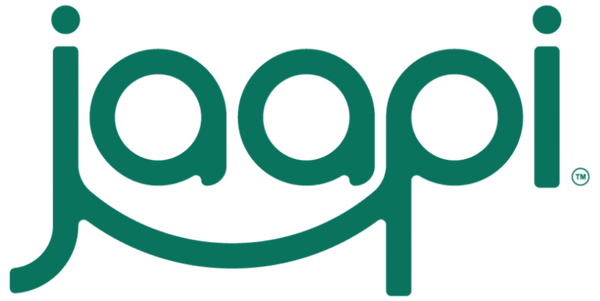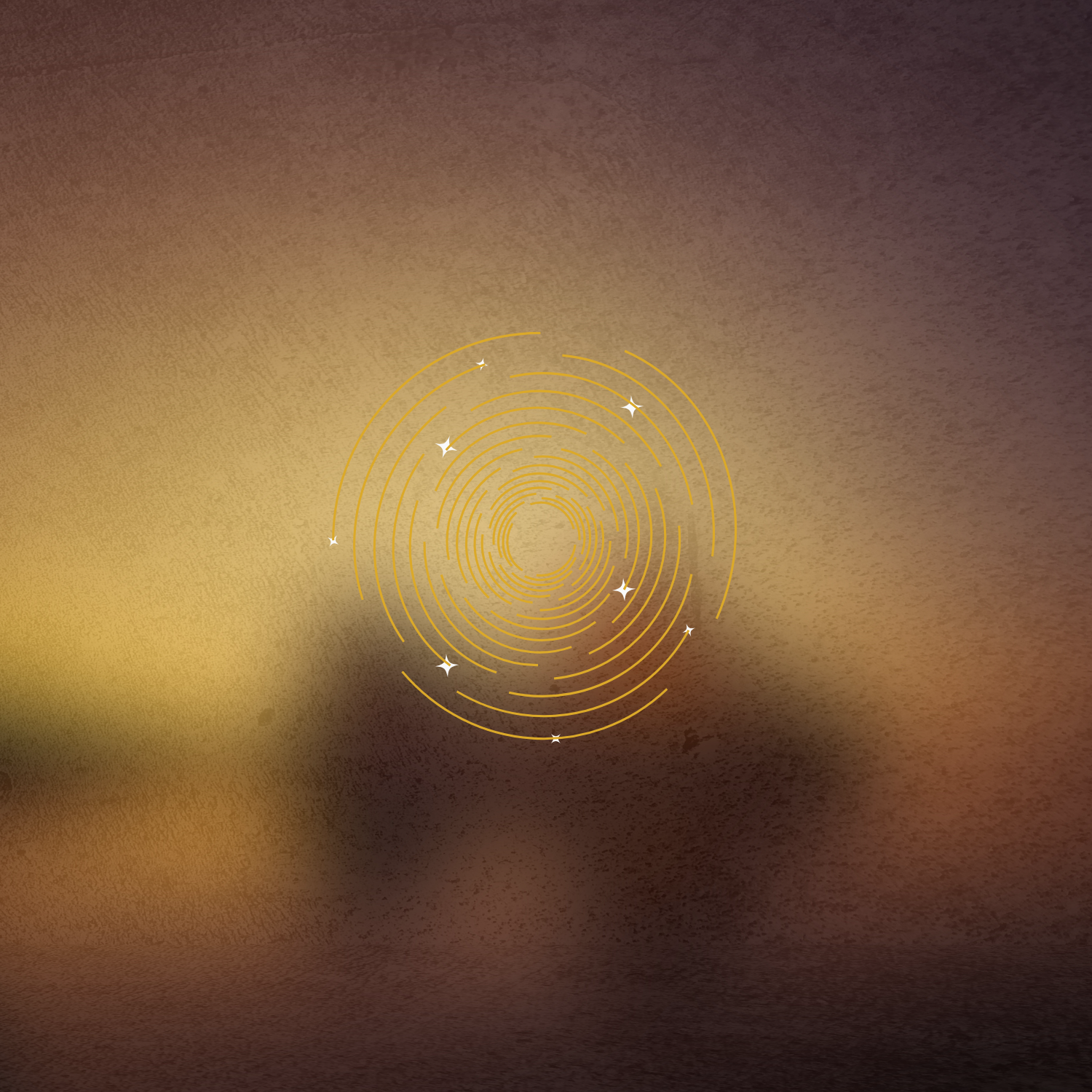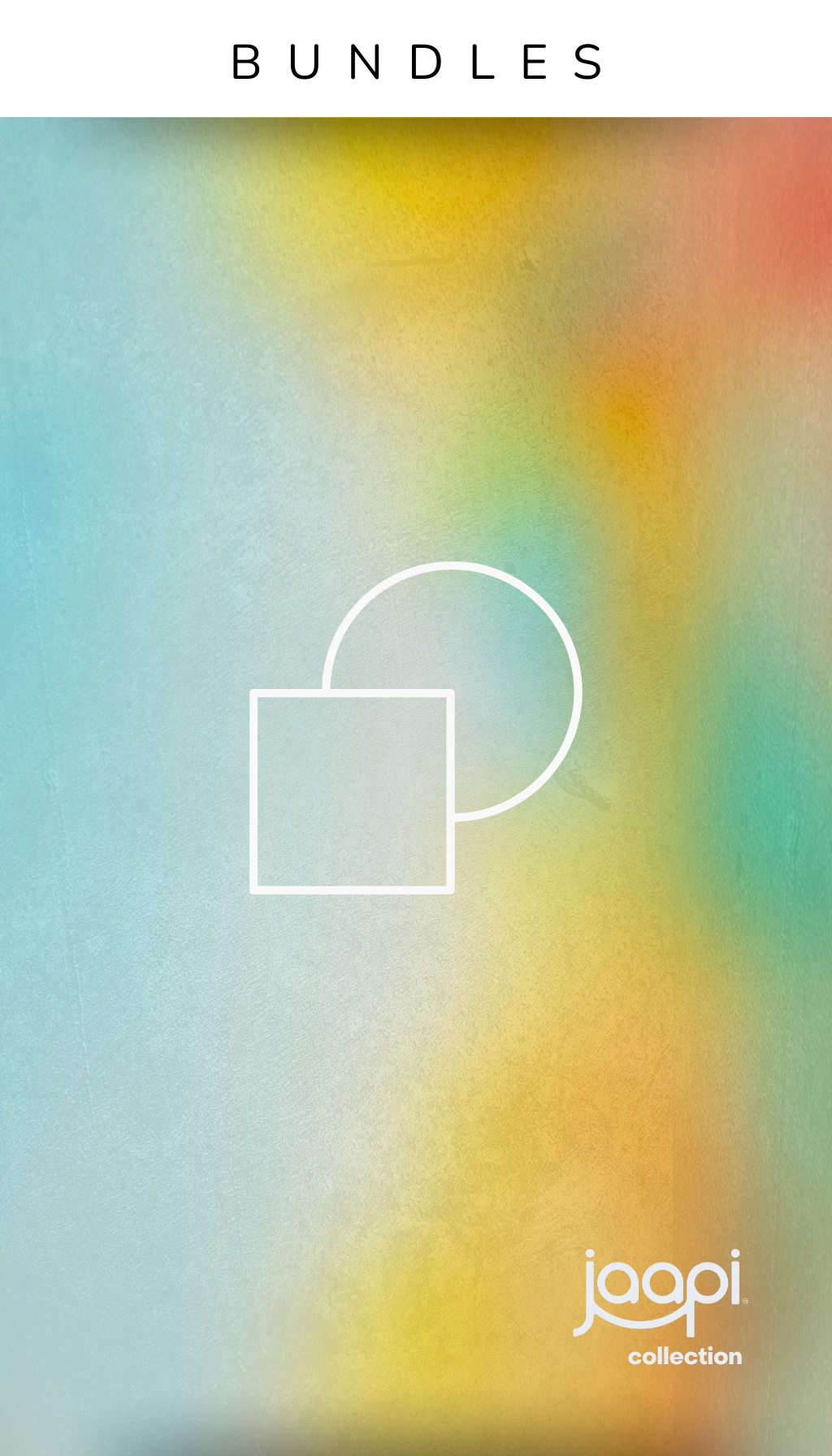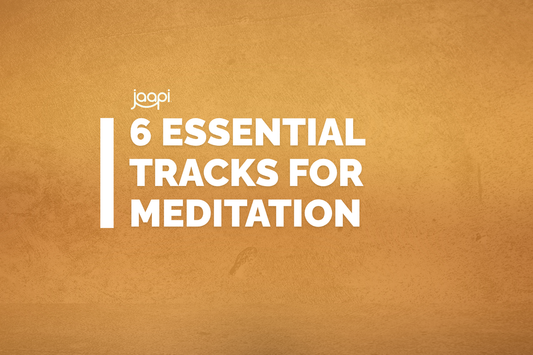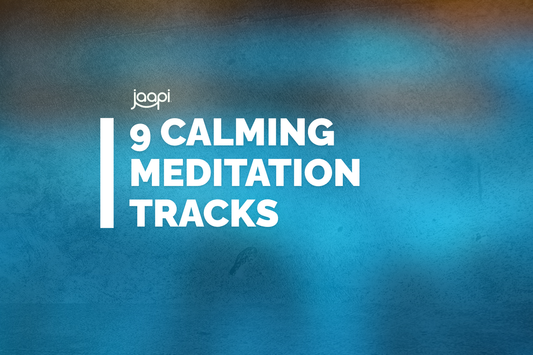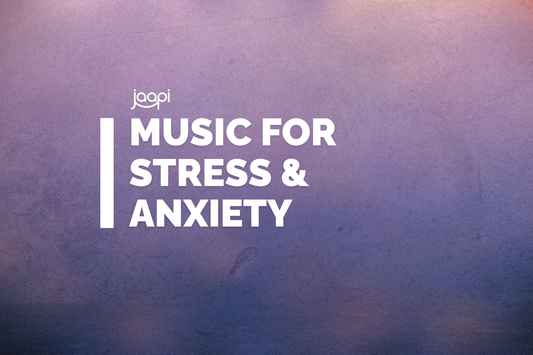How Do I Avoid Copyright Claims on YouTube? Smart Tips for Creators & Healers
Use licensed, royalty-free music only—download from reputable sources with clear commercial licenses, keep all documentation, and never grab music from YouTube itself (even if someone claims it's "no copyright"). This protects your channel from Content ID strikes and keeps you safely monetized.
Affiliate Disclosure: As an Amazon Associate, we earn from qualifying purchases. We only recommend external tools that complement your practice.
For meditation and wellness creators, copyright claims can tank your channel's performance overnight. Here's how to avoid that mess and build a sustainable content library.
The Golden Rules
- Download from licensed platforms only - Use tracks with clear commercial-use rights. Our royalty free meditation music collection provides proper licensing for monetized channels.
- Never rip from YouTube - Even videos labeled "no copyright music" often contain protected content or misrepresented rights
- Save every license document - Keep receipts, PDFs, and emails. Track your library in a simple organization journal so you can quickly prove licensing if claims arise.
- Avoid streaming service downloads - Spotify and Apple Music purchases don't include creative licenses for content creation
Understanding Content ID
YouTube's Content ID system automatically scans uploads against millions of registered tracks. Even properly licensed music can trigger initial claims—this doesn't mean you did anything wrong. Reputable music platforms will whitelist your channel or quickly resolve false flags.
The real danger is using unlicensed music. That can lead to video takedowns, lost monetization, or worse—channel strikes that threaten your entire presence on the platform.
Browse our royalty free meditation music with clear commercial licenses—perfect for monetized wellness content.
Start risk-free:
Download free meditation music to test quality before investing in your library.
Best Practices for Wellness Creators
- Build a reusable library - Invest in 10-20 tracks you love and can use across multiple videos. Good headphones help you evaluate quality before purchasing.
- Use healing frequencies - Tracks tuned to 528 Hz or 432 Hz create better audience connection than generic background music
- Check licensing carefully - Some "free" music requires attribution or restricts commercial use. See our post on whether royalty free music is actually free.
- Invest in quality recording equipment - If you're creating guided meditations, a USB microphone makes a huge difference in audio quality. Serious creators can upgrade with a professional audio interface for studio-grade sound.
- Edit properly - Use good headphones to catch audio issues during editing—your viewers will notice poor quality
- Track your library - Keep licensing documents organized in a journal or digital folder so you can quickly prove licensing if claims arise
What Actually Triggers Claims?
Most copyright strikes come from:
- Using popular commercial music without permission
- Downloading "free" tracks from shady websites or YouTube converters
- Not understanding the difference between personal-use and commercial-use licenses
- Assuming "royalty free" means you can use music however you want
The good news? Properly licensed meditation music designed for creators avoids all these issues. You pay once, get lifetime usage rights, and never worry about claims or strikes.
Building Your Safe Music Library
Smart creators invest in a small collection of high-quality tracks they can reuse indefinitely. This beats scrambling for "free" music for every video—and creates consistent brand atmosphere your audience recognizes.
For wellness content specifically, healing frequency music works better than generic tracks. Your viewers came for meditation, not top-40 vibes. Give them frequencies that actually support the practice you're teaching.
